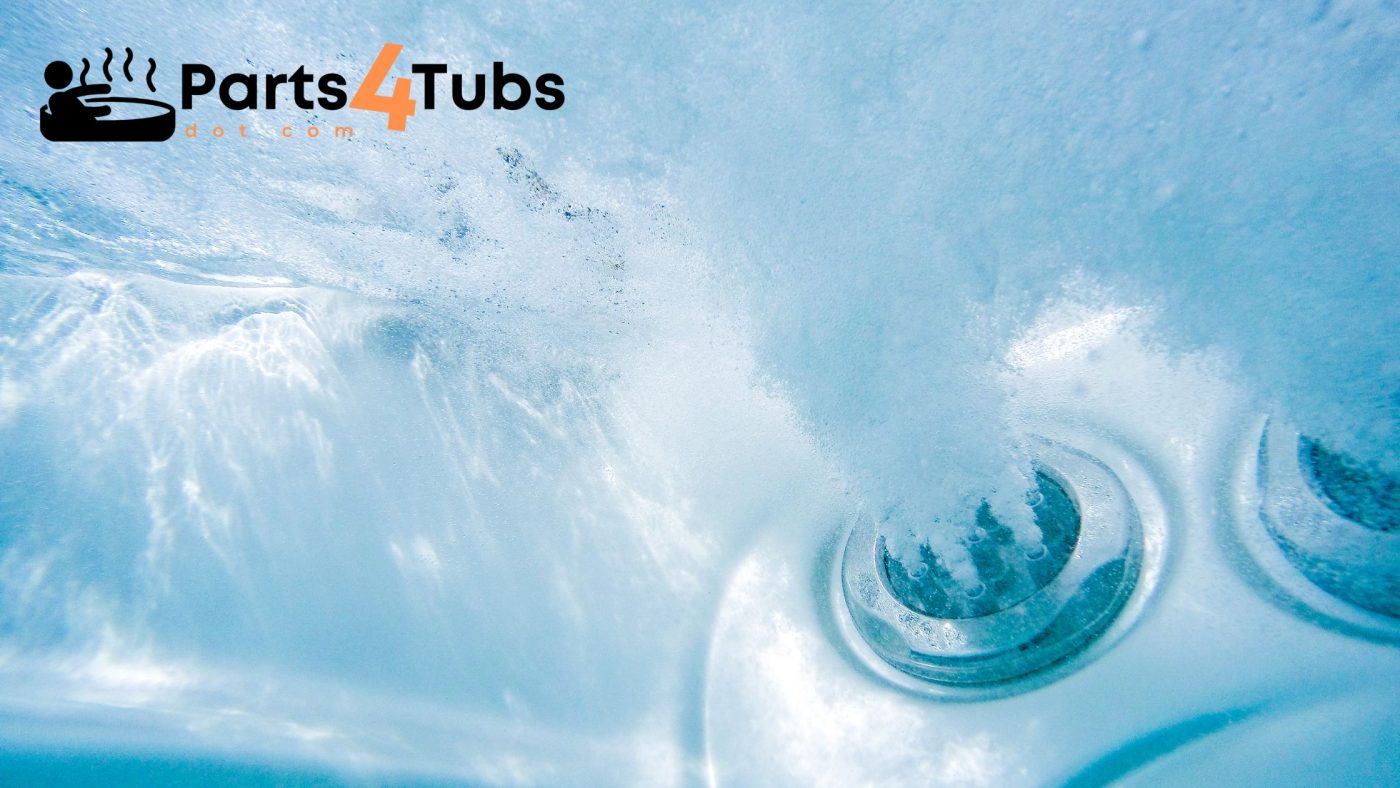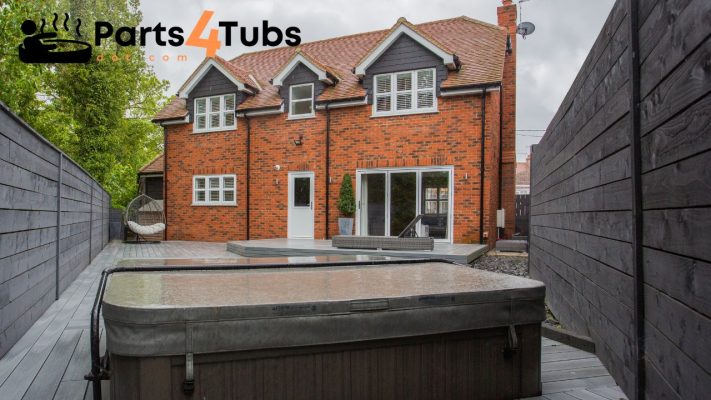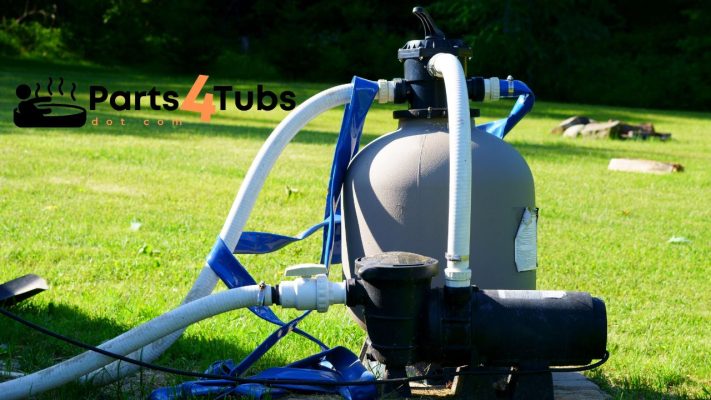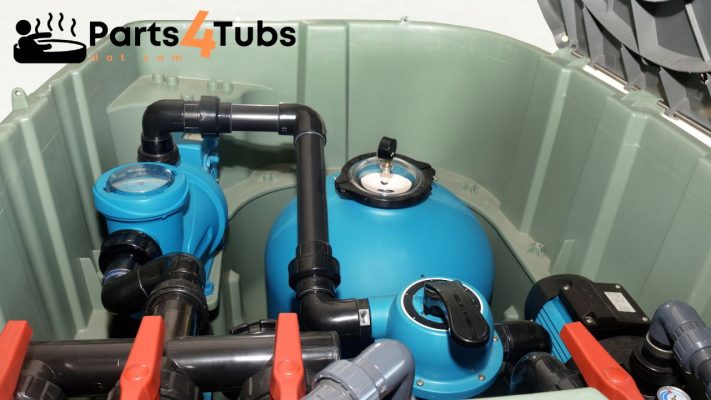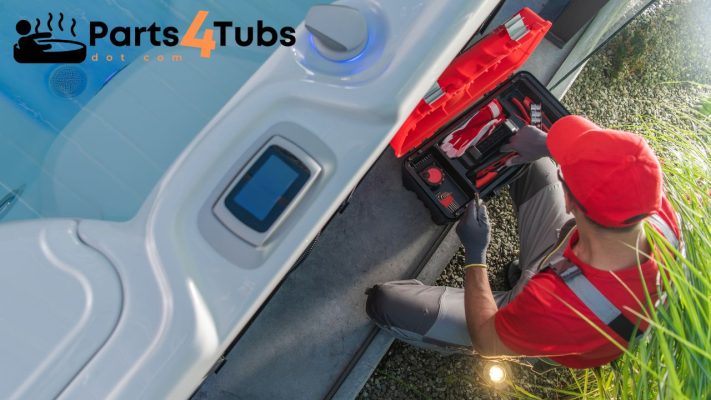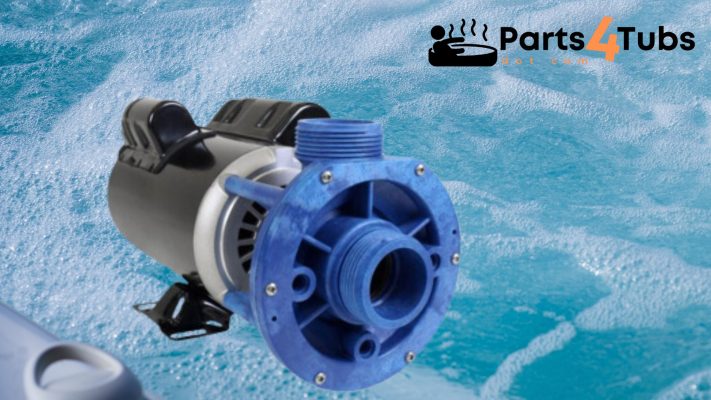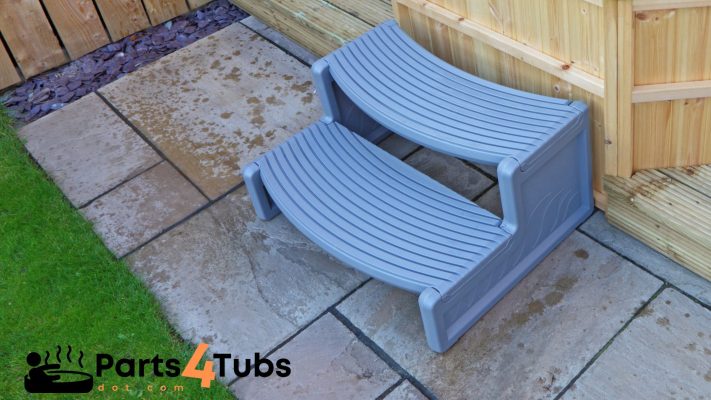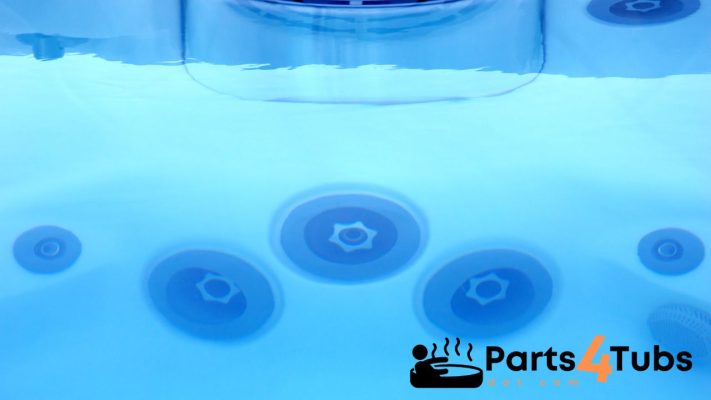Hot Tub Parts Related
Hot Tub Jets Not Working: Troubleshooting Guide
Hot tub jets not working – argh! Hot tubs are a haven of relaxation and rejuvenation, and one of the key elements that contribute to a luxurious experience are the jets. However, it can be frustrating when hot tub jets fail to work properly, depriving you of the soothing water massage you crave.
In this article, I’ll explore the potential causes behind hot tub jets not working and provide troubleshooting steps to help you restore their functionality.
Understanding Hot Tub Jets: Hot tub jets are designed to create a therapeutic water massage by directing water flow and pressure. There are various types of jets, including stationary jets, directional jets, and rotating jets just to name a few, each offering a unique massage experience tailored to your preferences.
How Do Hot Tub Jets Work?
Hot tub jets play a vital role in creating the relaxing and therapeutic experience that hot tubs are known for. These jets are strategically placed in the spa’s shell and are responsible for directing pressurized water into the tub.
When you activate the jets, they release a steady stream of water that can be adjusted to your desired intensity and direction.
Types of Hot Tub Jets
Hot tubs feature various types of jets, each offering a distinct massage experience. Here are some commonly used jet types:
- Stationary Jets: Stationary jets provide a consistent flow of water in a fixed direction. They are typically positioned to target specific areas of the body, such as the back, neck, or feet. These jets are ideal for targeting specific muscle groups and offering targeted hydrotherapy.
- Directional Jets: Directional jets allow you to adjust the flow direction by rotating the jet nozzle. This flexibility enables you to target different areas of your body with a focused and adjustable massage. You can direct the water flow to specific muscles or areas that require more attention.
- Rotating Jets: Rotating jets create a swirling motion in the water, providing a broader massage coverage. These jets typically have multiple nozzles or vanes that rotate, creating a massaging effect that covers a larger area of the body. Rotating jets are often used for a more comprehensive and invigorating massage experience.
Flow Rates and Jet Functionality
The flow rate of hot tub jets plays a crucial role in their functionality. The flow rate determines the amount of water that passes through the jet, directly impacting the strength and intensity of the massage.
Different jets have varying flow rates, allowing for customization based on personal preference. Some jets offer a gentler massage with a lower flow rate, while others provide a more vigorous massage with a higher flow rate. Adjusting the flow rate can help tailor the massage experience to suit individual comfort levels and desired hydrotherapy benefits.
Air Blowers and Effervescent Jets
In some hot tubs, an air blower is incorporated alongside the water jets. The air blower injects air into the water stream, creating a mix of air and water inside the jet body. This mixture produces effervescent or champagne-like bubbles, enhancing the massage experience.
The addition of air to the water stream not only increases the visual appeal but also amplifies the sensation of the massage. The air-water mixture creates a more vigorous and stimulating jet, providing a unique and invigorating massage experience.
By understanding how hot tub jets work and the different types available, you can select a hot tub with the desired jet configuration to suit your specific preferences. Whether you prefer targeted hydrotherapy or a more expansive massage, the versatility of hot tub jets allows you to customize your spa experience for ultimate relaxation and rejuvenation.
Common Causes of Hot Tub Jets Not Working:
A. Insufficient Water Flow:
- Clogged or Dirty Filter: A dirty or clogged filter can impede water flow, reducing the performance of the jets. Regular filter maintenance and cleaning are essential to prevent blockages and ensure optimal water circulation.
- Blocked or Restricted Water Lines: Debris or airlocks in the water lines can obstruct water flow to the jets. Check for any blockages and clear them to restore proper water circulation.
- Pump Issues: Problems with the pump, such as a malfunctioning motor or impeller, can lead to inadequate water flow. Consult a professional technician to diagnose and repair pump-related issues.
B. Malfunctioning Jets:
- Mineral Buildup: Over time, minerals can accumulate and clog the orifices of the jets, reducing their effectiveness. Flushing the jets with a specialized cleaner or a mixture of water and vinegar can help remove mineral deposits.
- Broken or Damaged Jets: Jets can become damaged or misaligned, hindering water flow. Inspect the jets for any visible signs of damage and replace or realign them as necessary.
- Improper Valve Positioning: Valves control water flow to specific areas of the hot tub. Ensure that the valves directing water to the jets are fully open or adjusted correctly to allow adequate water circulation.
C. Electrical Problems:
- Tripped GFCI Breaker: A tripped Ground Fault Circuit Interrupter (GFCI) breaker can disrupt power supply to the jets. Reset the breaker and check for any underlying electrical issues.
- Faulty Wiring or Connections: Inspect the wiring and connections associated with the jets for any signs of damage or loose connections. If detected, contact a qualified electrician to address the problem.
Troubleshooting and Solutions for Hot Tub Jets Not Working:
A. Basic Troubleshooting Steps:
- Check Water Level: Ensure the water level in the hot tub is at the appropriate level, as insufficient water can affect jet performance.
- Clean or Replace Filter: Regularly clean or replace the filter according to the manufacturer’s instructions to maintain optimal water flow.
- Inspect Valves: Verify that the valves controlling water flow to the jets are fully open or adjusted correctly.
B. Addressing Clogged Jets:
- Flushing the Jets: Use a specialized jet cleaner or a mixture of water and vinegar to flush the jets and remove mineral deposits. Follow the product instructions for the best results.
- Clearing Mineral Build-up: If mineral build-up persists, remove the affected jets and soak them in a descaling solution to dissolve the deposits. Rinse thoroughly before reinstalling.
Preventive Maintenance Tips: Monthly Check List
- Inspect Jet Performance: Test the performance of each jet individually to ensure they are functioning properly. Note any jets that are weak, not working, or need adjustment.
- Clean Jet Nozzles: Remove any debris or mineral buildup from the jet nozzles using a soft brush or toothbrush. Gently scrub the nozzles to remove any clogs or obstructions that may affect water flow.
- Check Jet Housing: Inspect the jet housing for any signs of damage or cracks. Damaged jet housings can affect water pressure and lead to leaks. If any issues are detected, consult a professional for repair or replacement.
- Clean and Condition Jet Rings: Remove the jet rings and clean them using a non-abrasive cleaner. Rinse thoroughly and apply a vinyl conditioner or protectant to keep the rings supple and prevent cracking or discoloration.
- Inspect Air Controls (if applicable): If your hot tub has air controls for the jets, check that they are functioning correctly. Ensure that the air valves open and close smoothly and adjust the air flow as desired.
- Check Water Chemistry: Test and balance the water chemistry in your hot tub. Proper water chemistry is essential for maintaining optimal jet performance and preventing mineral buildup or corrosion.
- Clean or Replace Filter: Clean or replace the hot tub filter according to the manufacturer’s recommendations. A clean filter ensures adequate water flow to the jets and helps prevent clogs or debris buildup.
- Inspect Pump: Check the pump for any unusual noises or vibrations. If you notice any issues, consult a professional technician for inspection and maintenance.
- Review User Manual: Take the time to review your hot tub’s user manual for specific jet maintenance instructions and recommendations from the manufacturer. This will help you understand any unique features or requirements of your hot tub’s jets.
- General Cleaning: Give the entire hot tub shell a thorough cleaning, including the area around the jets. Use a non-abrasive cleaner and a soft cloth or sponge to remove any dirt, grime, or residue that may accumulate.
- Inspect Seals and Gaskets: Check the seals and gaskets around the jets for any signs of wear or damage. Replace any worn-out or deteriorated seals to prevent water leaks and maintain proper jet performance.
- Overall System Check: Take a moment to inspect the overall system of your hot tub, including the plumbing and circulation components. Look for any signs of leaks, loose connections, or unusual noises. If you notice anything out of the ordinary, seek professional assistance.
Conclusion:
Hot tub jets not working can be a frustrating experience, but by understanding the common causes and following the troubleshooting steps outlined in this guide, you can restore your hot tub’s jet functionality. Remember to perform regular maintenance and address any issues promptly to enjoy uninterrupted relaxation and therapeutic benefits from your hot tub. If you encounter complex problems, don’t hesitate to seek assistance from a qualified hot tub technician.
Can I Help You?
If I can help you in any way I would love to hear from you. You can get in touch using the form below.
Thanks - Andi

